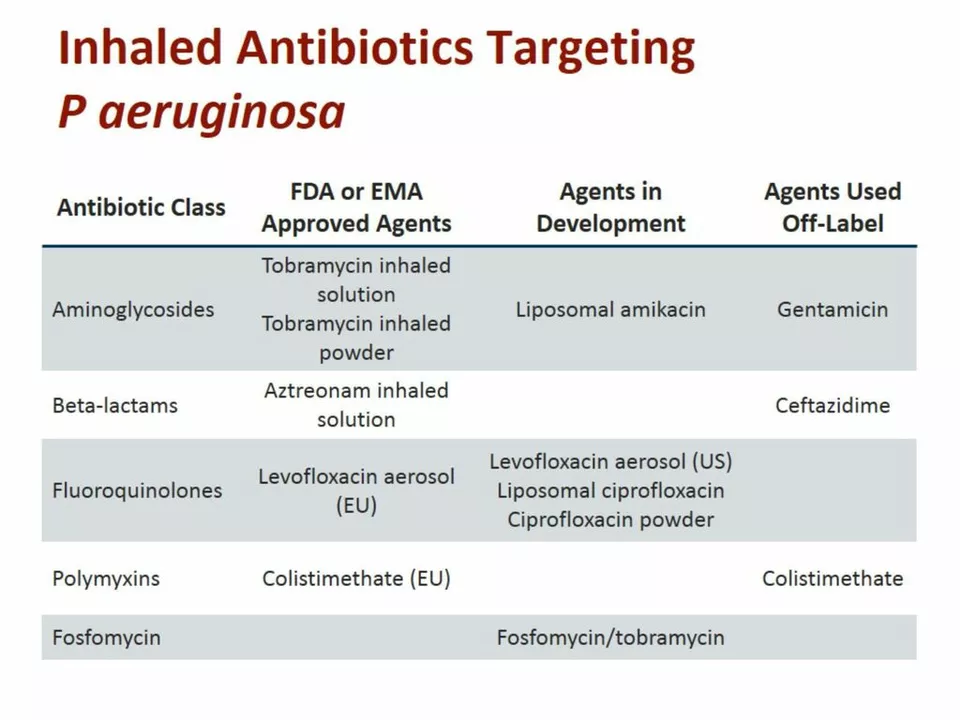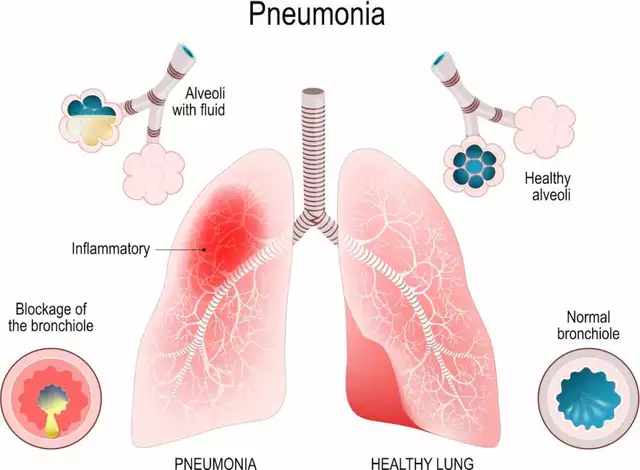Salpingitis treatment: what helps and what to do now
Salpingitis means inflammation of the fallopian tubes, usually from an infection. If you have pelvic pain, fever, unusual discharge, or pain during sex, don’t wait. Early treatment cuts the chance of long‑term problems like infertility or chronic pain.
Quick treatment facts
Most salpingitis is treated with antibiotics. Common combinations aim at bacteria that cause STIs (like chlamydia and gonorrhea) and other pelvic bugs. Typical outpatient options include a single dose of an injectable like ceftriaxone plus oral doxycycline for 14 days, often with metronidazole added if anaerobes are suspected. Azithromycin or erythromycin may be used in certain situations; moxifloxacin can be an alternative for resistant infections or allergies. Your doctor will pick the right plan based on tests, allergies, and whether you’re pregnant.
If symptoms are severe—high fever, vomiting, signs of an abscess, or you can't keep medicine down—you may need IV antibiotics and a short hospital stay. Surgery is rare but may be needed for a large tubo‑ovarian abscess or if the patient doesn’t improve on antibiotics.
Practical steps to get better
1) Get tested and treated: Ask for STI tests (chlamydia, gonorrhea, sometimes others). Start antibiotics as advised; do not stop early even if you feel better. 2) Treat partners: Your sexual partner(s) should be treated too to prevent reinfection. 3) Avoid sex until treatment is complete and symptoms stop. 4) Manage symptoms: Use OTC pain relievers like acetaminophen or ibuprofen, rest, and a heating pad for cramps. 5) Follow up: A checkup 48–72 hours after starting treatment is wise if symptoms aren’t improving.
Pregnancy changes choices: some antibiotics are unsafe in pregnancy. If you’re pregnant or might be, tell the clinician right away so they can choose the safest effective medicine. Quick, appropriate care lowers risk to both mother and baby.
Worried about antibiotics or buying meds online? Only start prescription antibiotics under a clinician’s guidance. If you use online pharmacies, pick ones that require a valid prescription and are licensed. Fake or incorrect drugs can delay recovery and cause harm.
Prevention matters. Use condoms, get regular STI screening if you have new or multiple partners, and seek care early for unusual pelvic symptoms. Salpingitis is common but treatable—early action makes most of the difference.
If you’re unsure what to do next, call a clinic or your doctor. If you have severe pain, fever over 101°F (38.5°C), fainting, or heavy vaginal bleeding, go to the emergency room right away.




